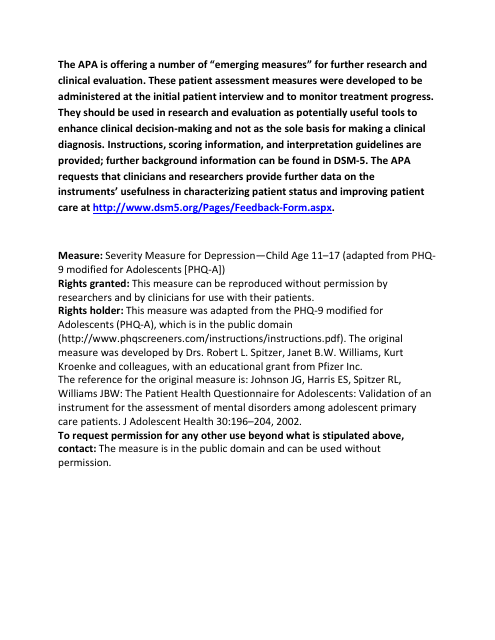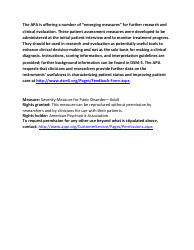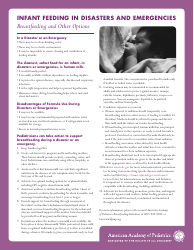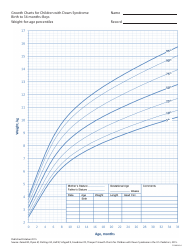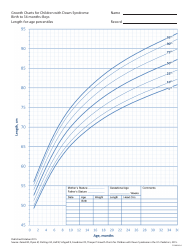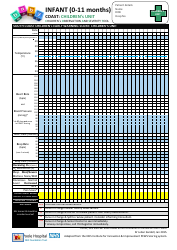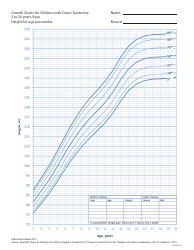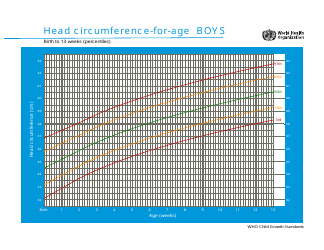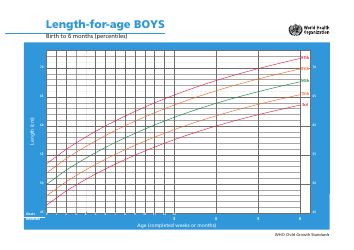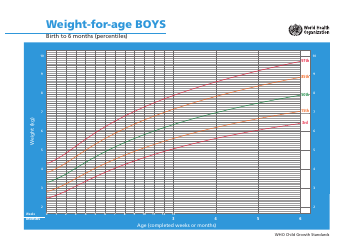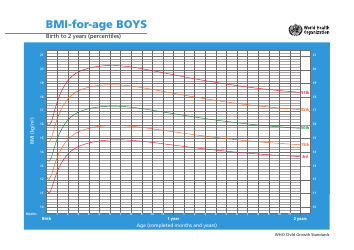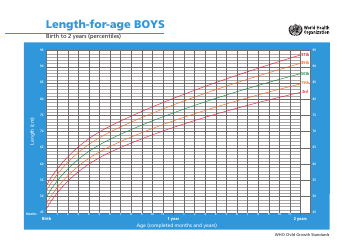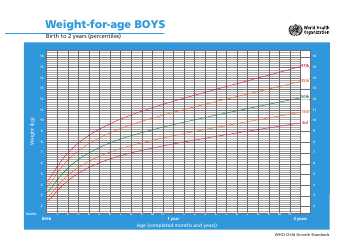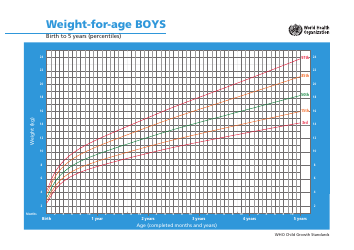Severity Measure for Depression: Child Age 11-17 - American Psychiatric Association
The Severity Measure for Depression: Child Age 11-17 is a tool developed by the American Psychiatric Association (APA) to assess the severity of depression in children and adolescents ranging from 11 to 17 years of age. It is used by healthcare professionals to evaluate the level of depression symptoms experienced by individuals in this age group. The severity measure helps in determining appropriate treatment interventions and monitoring the progress of the patient's condition.
Yes, the Severity Measure for Depression: Child Age 11-17 is filed by the American Psychiatric Association (APA). The APA is a professional organization composed of psychiatrists in the United States. They are responsible for developing and publishing the Diagnostic and Statistical Manual of Mental Disorders (DSM), which contains guidelines and criteria for diagnosing mental health conditions, including depression. The Severity Measure for Depression is a tool that can be used by clinicians and researchers to assess the severity of depression symptoms in children between the ages of 11 and 17.
FAQ
Q: What is the severity measure for depression in children aged 11-17 according to the American Psychiatric Association?
A: The American Psychiatric Association uses the severity measure to assess the severity of depression in children aged 11-17. This measure helps healthcare professionals in identifying and treating depression based on its severity level.
Q: How does the severity measure for depression work in children aged 11-17?
A: The severity measure for depression in children aged 11-17 involves evaluating various symptoms such as feelings of sadness, loss of interest, changes in appetite or sleep patterns, low energy, difficulty concentrating, and thoughts of self-harm. Based on these symptoms, the severity is categorized as mild, moderate, or severe.
Q: Why is it important to measure the severity of depression in children aged 11-17?
A: Measuring the severity of depression in children aged 11-17 is important as it helps healthcare professionals determine the appropriate level of intervention and treatment required. It also provides a standardized way to assess the progress of treatment and monitor any changes in symptoms over time.
Q: How can healthcare professionals use the severity measure for depression in children aged 11-17?
A: Healthcare professionals can use the severity measure for depression in children aged 11-17 to assess the severity level and tailor treatment plans accordingly. This may involve a combination of therapy, medication, lifestyle changes, and support systems to help manage and alleviate the symptoms of depression.
Q: Are there different treatment approaches based on the severity measure for depression in children aged 11-17?
A: Yes, the treatment approaches for depression in children aged 11-17 can vary based on the severity measure. Mild cases may be managed through therapy, lifestyle adjustments, and support systems, while moderate to severe cases may require a combination of therapy and medication under the guidance of healthcare professionals.
Q: Are there any resources available for parents or caregivers to understand the severity measure for depression in children aged 11-17?
A: Yes, parents and caregivers can consult with mental health professionals, psychiatrists, or pediatricians who have experience in treating depression in children. They can provide guidance, resources, and support to help understand and navigate the severity measure for depression and its implications for the child's well-being.
